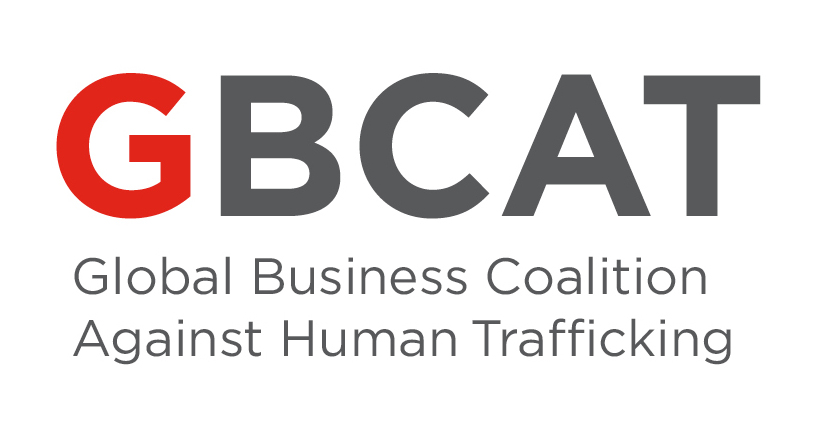By Mar Brettmann and Mark P. Lagon
Human trafficking doesn’t just happen in faraway places like India’s brick kilns or Cambodia’s brothels. Over 8,500 victims of human trafficking cases were reported in the United States last year, according to the National Human Trafficking Hotline. There is no greater blow to human dignity than a person being forced to perform work or sex acts against their will.
One case of human trafficking involved 56 people, most of them Mexican deaf-mutes, who were enslaved to work as panhandlers in the New York subway system. The victims were illegally smuggled in to the country and then forced to work 18-hours days begging and peddling trinkets.
They were held in debt bondage by their traffickers, who confiscated their daily earnings and kept them enslaved. One rehabilitated survivor ended up in a custodial job at Liberty Island (the Statue of Liberty). Unfortunately, most stories of human trafficking do not end with the poetic justice of attaining a job at a symbol of liberation.
Trafficked people are often society’s most vulnerable. Coming in two forms, sex trafficking and labor trafficking, human trafficking takes place when someone uses force, fraud, or coercion to compel a person into work or a commercial sex act or when a minor is bought or sold for sex.
This is an excerpt of an article published at The Hill. To read the full article, please click here.

